
views
How to Show Up on Google Search
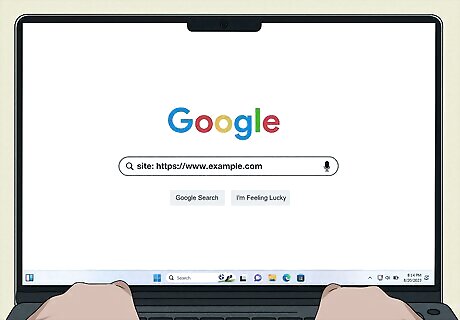
Confirm that your site is (or isn’t) showing up on Google. To show up in a search your website has to be indexed. Marketing specialist Imran Alavi compares the process to a book’s index, with pages that contain certain pieces of information. Think of the internet as a massive book/encyclopedia, and search engines like Google are the indexes for it. Here are a few ways to check if your site is indexed: If you’re already logged into Google, click/tap here and switch your SafeSearch settings to “Off.” This ensures that your website isn’t being excluded by mistake. Type site:[your site URL] or site:[link to a specific page on your site] to search for a specific website or webpage on your site. If Google shows your site/page in the results, it’s successfully indexed. If your website/page doesn’t pop up, it isn’t indexed. Search your website on Google’s URL Inspection Tool. If you’ve set up your website with Google Search Console, check and see if Google has given your site a manual action (a flag that your website is spammy or suspicious in some way) or if any security problems were detected. These issues can affect your search engine ranking, but Google will outline how you can fix these issues in the provided report. If you haven’t set your site up with Google Search Console yet, go here. Why isn’t my site performing well? Different factors can play into your website’s search engine performance, like its age and previous ownership. For instance, if the website was previously managed by someone unreliable, Google may have given the site a manual action in the past.

Create a sitemap on your website. Alavi describes a sitemap as “multiple pages” that are “within a website.” Creating a sitemap essentially provides Google with a clear roadmap to the pages to “crawl” and index, which can help you to appear on Google. You might not need a sitemap if your website is pretty tiny (less than 500 total pages). For instance, a young professional’s small-scale portfolio website wouldn’t necessarily need a sitemap, while a large website like wikiHow definitely does. “Crawling” is when Google’s system finds, downloads, and inspects new web content for indexing purposes.

Improve your site’s navigational features. Try to design your website to be as intuitively navigable as possible—for example, a home menu bar with static buttons is easier to navigate than a menu the user needs to hover their mouse over. Google will have an easier time indexing websites with simple and intuitive navigation. Take a closer look at your webpage URLs and make sure they’re easy to understand. Does the page use something skimmable, like “/example,” or is the URL parameter-based (e.g., “fakewebsite.com?page=1204”)? Marketing specialist Sarah Harkleroad notes how “not thinking through the user experience” is a common mistake people make when building their own website, like “having dead-end pages on the site or having an unclear call to action.”
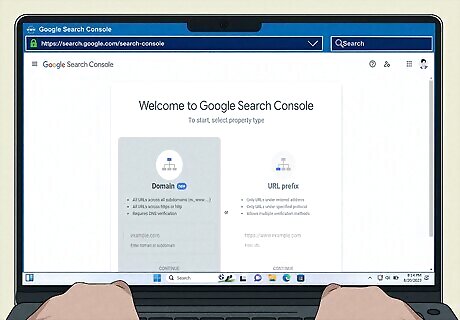
Send an official indexing request to Google. If you have a smaller website and only need Google to check over a small handful of webpages, use Google’s URL Inspection tool to make a request. If your website is pretty big, send Google a sitemap via the Search Console API or with the Search Console’s Sitemaps report. Google notes that your site can be indexed in days or weeks (or possibly longer) depending on the circumstances. If you have a Google Business Profile, Harkleroad suggests to “go directly to your Google listing and make sure that your address, contact info, and web address are all up-to-date.”
How to Submit Your Site to Search Engines

Bing Use Bing’s URL Submission Tool to submit URLs you’d like Bing to possibly index. Bing allows up to 10,000 URLs to be submitted per day. You need to use Bing Webmaster Tools to access the URL Submission Tool. If you have a WordPress site, you can use a Bing plug-in that automatically indexes your URLs.
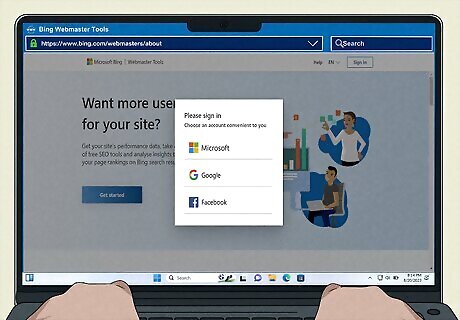
Yahoo Yahoo also manages their site indexing through Bing, so create/log into Bing’s Webmaster Tools to access the URL Submission Tool and get your site indexed with Yahoo.
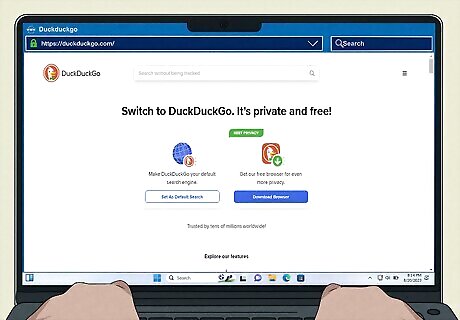
DuckDuckGo Make sure that your website and webpages are indexed with Bing since DuckDuckGo uses Bing’s indexes to inform much of their search results. Other than that, you don’t need to officially submit anything to the platform!
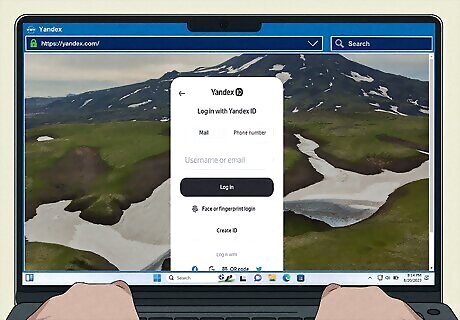
Yandex Log into the Yandex Webmaster page and enter your website’s URL using the “Add site” option. Once you’ve double-checked that your URL is typo-free, hit “Add.” At this point, make some small edits to your website so Yandex can confirm that you’re the owner. If you’re trying to index subdomains (e.g., subdomain.websitedomain.com) on Yandex, go here.
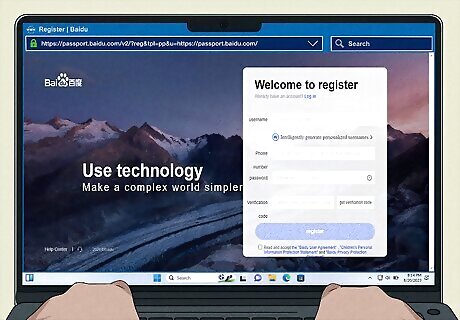
Baidu Go to Baidu’s “Link Submission (链接提交)” page and submit your website’s homepage there directly. To send your sitemap to Baidu, head to the “General Inclusion” page on Baidu’s API, followed by “Resource Submission” and “Sitemap.” If you’d like to submit multiple webpages from your website all at once, head to the “API Push” page from “Resource Submission.” Keep in mind that this process requires some familiarity with coding and coding languages.
SEO Best Practices

Competitor research Marketing specialist Ross Taylor advises you to look at what’s already working on Google. Research “what Google is rewarding with top positions and try to emulate that” with your own content. For instance, if 9 out of 10 SERPs (Search Engine Result Pages) feature long-form content that’s at least 1,500 words long, Taylor suggests making your content have a similar word count. “Before you start writing content,” marketing expert Ryan Conway suggests “writing a list of things you want to be found for. After that, go to Google, type in those terms, and see what comes up. You’ll often find that the people who come up are not usually the competitors that you run into in actual day-to-day life.”
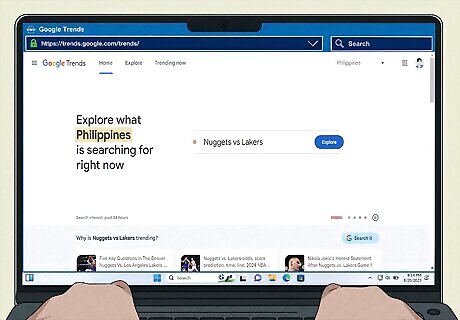
Keyword researching Keyword researching is all about finding specific keywords (words or phrases that people type into a search engine) that you can target in your content and potentially rank for. In an ideal world, you might try for immensely popular, shorter keywords (also known as “head terms”), but these can be incredibly hard to rank for. “Long-tail” keywords (more specific keywords that aren’t searched as frequently) may be easier to target and rank for than head terms. Conway explains how “long-tail keywords are becoming more important because the phrases that people are searching for are becoming more and more specific.” This can be helpful to keep in mind as you start researching keywords for your site! Harkleroad stresses the importance of keyword research: “A lot of people will skip the keyword research step and start intuitively adding words that they think people will be using, and that’s a bit of a hit-or-miss approach.”
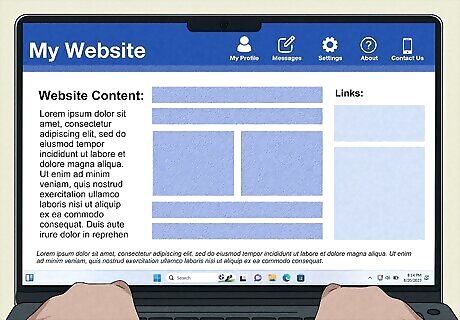
High-quality content Originally coined by Bill Gates, the phrase “content is king” is a well-known principle in the world of SEO. And it’s the truth: creating high-quality content is an incredibly important way to get your website on the map. Conway explains how your content should be “at least 1,000 words at a minimum.” While 350- and 500-word blog posts could cut it back in the 2010s, short word counts just aren’t enough anymore. Ideally, you should try to “shoot for 2,000 words” or more to put yourself ahead of your competitors. Take a look at your competitors and see what type of content they’re writing (and what length it is). If 1,500-word blog posts seem to be the norm, try shooting for something higher with your own content. Expert Answer Q What's the difference between offsite and onsite SEO? Imran Alavi Imran Alavi Marketing Expert Imran Alavi is a Marketing & App Development Expert and the CEO of Proleadsoft, a Digital Marketing and App Development firm based in San Francisco, CA. With over 10 years of experience, he specializes in Web Design, Search Engine Optimization (SEO), Search Engine Marketing (Google, Facebook, LinkedIn AdWords), App Development, and Software strategies for businesses. Imran holds a BS in Computer Science from the National University of Computer and Emerging Sciences, an MS in Computer Science from San Francisco State University, and has completed Stanford University Continuing Studies courses in Business, Marketing, and Communication. Imran Alavi EXPERT ADVICE Answer from Imran Alavi: Onsite SEO refers to everything to do with the website itself. This includes the number of pages, the content on the website, the blogs on the website, and how securely and quickly each page runs. To make sure your site is fully optimized for search engines, follow google guidelines and include meta tags. Offsite SEO has to do with how your website is linked to by other external websites.
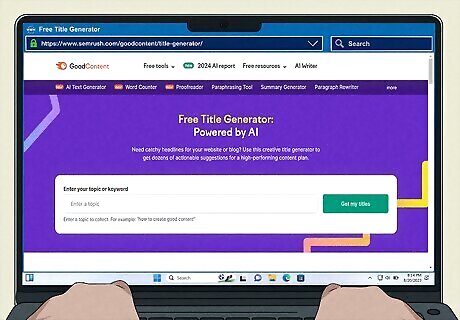
Good titles Giving your website pages strong titles can help drive traffic to them, especially if you focus on making the titles as direct and keyword-friendly as possible. Some of the keywords from your keyword research can be a starting point for your title. Need some help? Use Semrush’s Free Title Generator to help you get started.
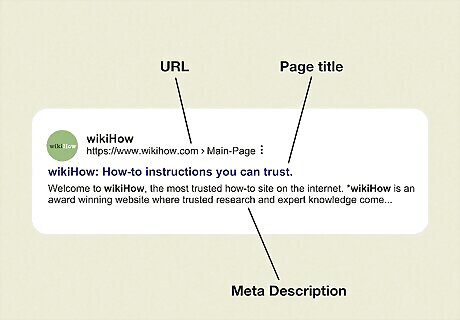
Meta descriptions “When you go to Google and look at the search engine results,” Conway explains, “there are 3 things listed there: the URL, the page title, and the meta description. The meta description is the only thing that’s not going to appear on the page itself—it’s something entered into the back-end of your site that provides additional information about what the page is.” If you use a Content Management System (CMS) like WordPress for your site, you should be able to edit the meta description manually.

Mobile optimization Chances are, some of your website’s visitors will be viewing everything on their phone or tablet, so it’s important that your site performs well and can be navigated easily on mobile devices. Some easy ways to optimize your site include: Measuring the load time (users may bounce if the site takes more than 3 seconds to boot up) Making your site menu accessible and easy to use Outlining a call to action clearly (e.g., providing a clear place to shop, listing your contact info, etc.)
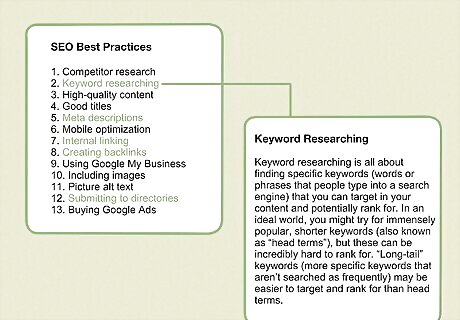
Internal linking Internal links are simply hyperlinks inserted in Article A on your website that redirect the user to Article B. Incorporating internal links in your site helps boost your credibility in a search engine’s eyes, plus they make it easier for users to hop between different parts of your site. If you’re writing a blog post on how to make banana bread, you might include an internal link to a different article you wrote about freezing old bananas.
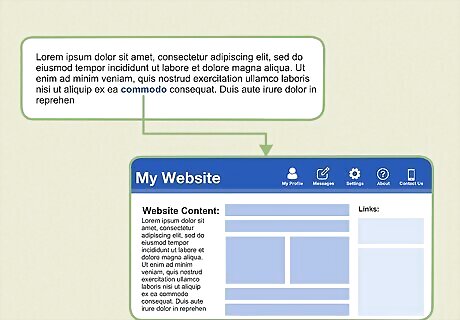
Creating backlinks Backlinks are links created by other websites that point the user back to your site. The more backlinks you generate, the more authoritative your site looks to Google. Offering to write a guest post on someone’s blog is a great way to generate backlinks for your site.
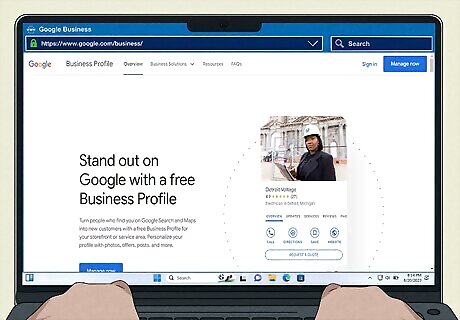
Using Google My Business If your website is related to your business, make sure that your Google Business Profile is registered and up-to-date. Having this profile optimized can help net site traffic from localized Google searches (e.g., “tacos near me” or “health food store near me”). Head here to claim your Google Business Profile if you haven’t already.

Including images Image searches are a big part of regular search engine usage. Marketing and engineering specialist Richard Casamento explains how “almost 30% of searches done on the desktop” are with Google Images. Adding images can potentially post your website’s traffic, as long as you remember to: Rename picture files descriptively (e.g., naming a picture of a dog “dog-with-ball-in-mouth”) Resize and compress photos so they don’t slow the site down Use the right image extensions (like webp or jpg if you need an image compressed)

Picture alt text “When you upload your images to the website,” Conway explains, “you also want to add an alt tag. This is text that will let you provide further information about the image,” possibly with keywords.
In HTML, the “alt” attribute allows you to add alt text to a picture.
Check your CMS or website-building software and see if there’s a tool that lets you add alt text.

Submitting to directories A business directory is a digital compendium of different businesses’ information, which can help your business get more web traffic and possible customers. Some directories may charge you to be listed, but the resulting exposure can be worth it. Check out directories like: Facebook Yelp AboutUs Best of the Web (BOTW)

Buying Google Ads When you search for something on Google, you’ve probably seen the results with the “Ad” label appear at the very top. If your website/business qualifies for Google’s Ad Rank thresholds, you might be able to secure a paid, top-ranking spot on search results. Visit the Google Ads site to get started. The Google Ad threshold ultimately depends on the industry your website/business is competing in.




















Comments
0 comment